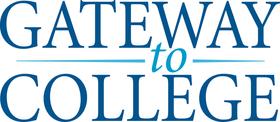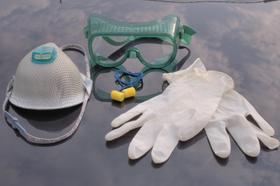Community colleges offer a wide array of benefits over traditional colleges and universities. Not only do community colleges appeal to a large variety of students, but they cater to different learning styles as well with the availability of online courses as well as traditional classroom courses. But how do online courses really compare?
How Prevalent is Online Learning?
According to a 2014 survey, approximately 46% of college students are taking at least one online course and it is estimated that at least half of all college classes will be offered online by 2019. Not only is online learning a benefit for community college students, but large corporations are also starting to use e-learning as a training method. Even graduate students are taking advantage of online options to pursue their degrees. According to an article published by U.S. News, of an estimated 2.9 million graduate students in the United States, more than 20% of them study exclusively online – that number of closer to 11% for undergraduates. Online learning is increasing in popularity each year and the disparity in quality between the two options grows ever smaller. In fact, many students have admitted that they do not see a significant difference in the quality or depth of education they received through online courses and that they received from traditional classroom courses.
What Benefits do Online Courses Offer Students?
Some students simply learn better when they have time to peruse the material themselves outside of a classroom environment. This















































